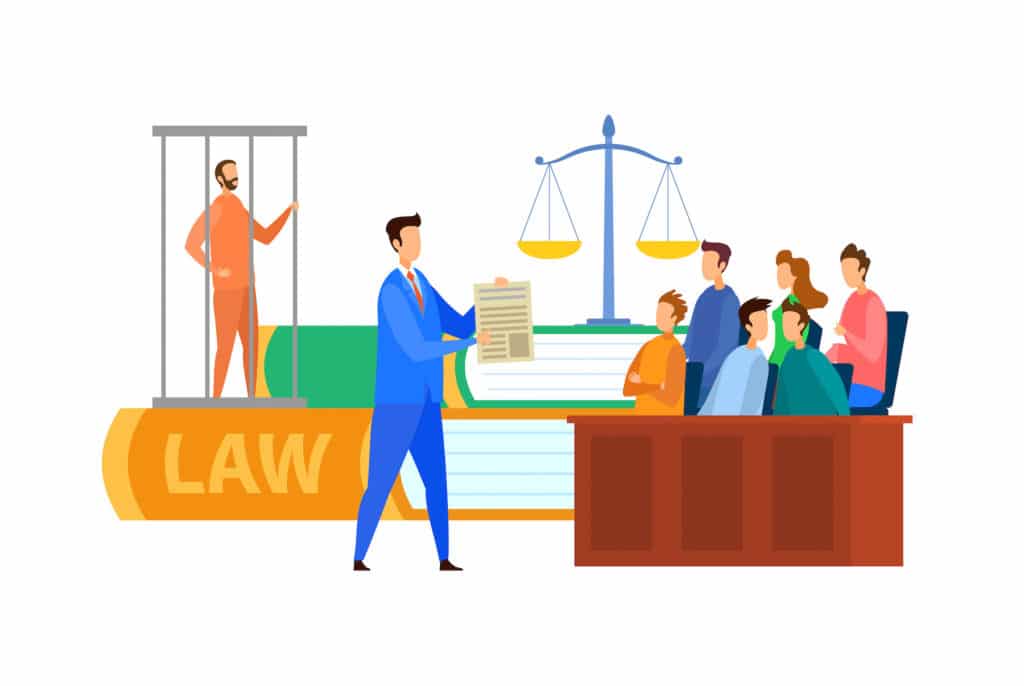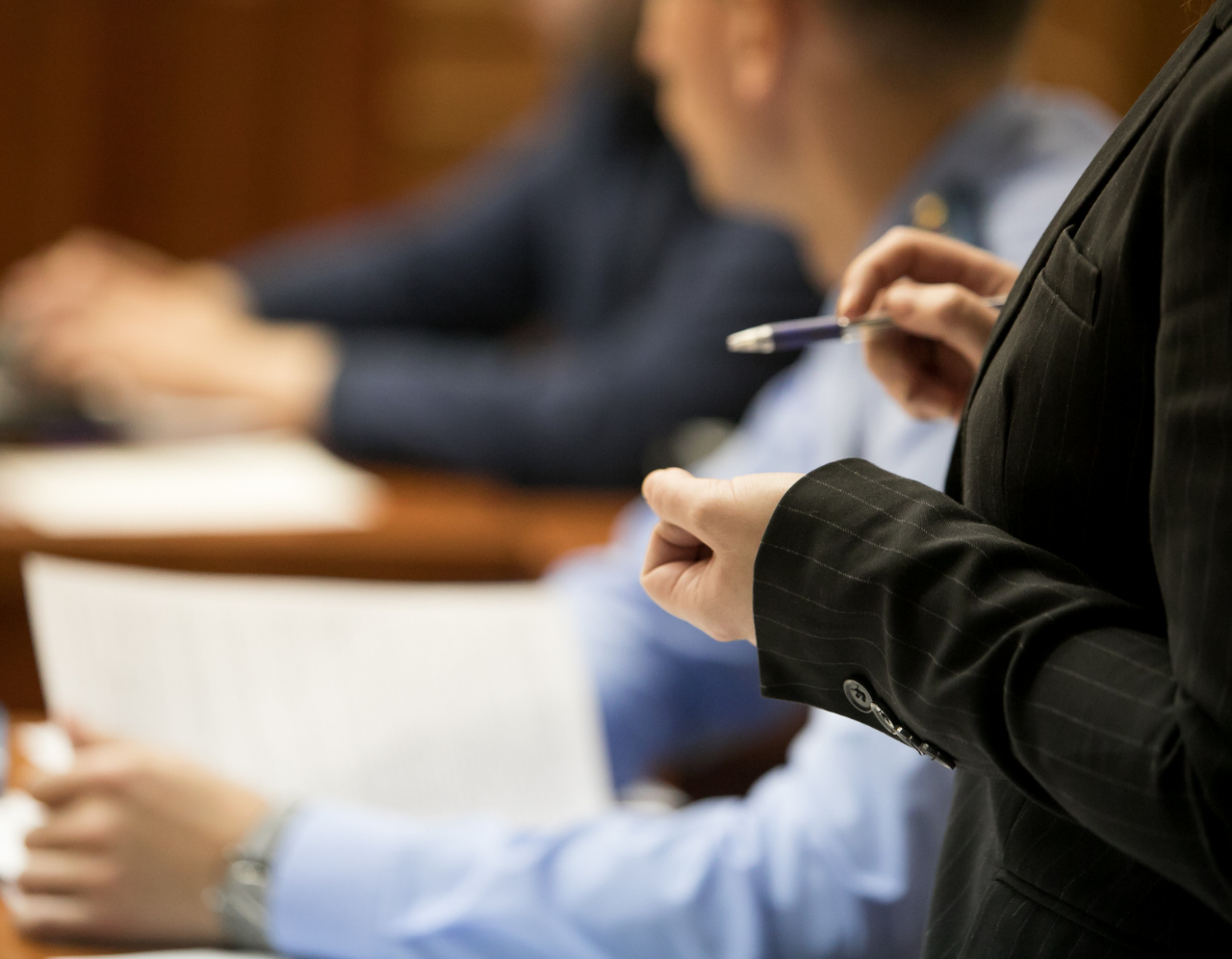Raise Your Legal Practice with Innovative Trial Presentations: Best Practices and Advice
Raise Your Legal Practice with Innovative Trial Presentations: Best Practices and Advice
Blog Article
Navigating the Intricacies of Test Presentations: Tips for Seamless Distribution and Engaging Debates
In the realm of legal process, the art of test discussion stands as an essential determinant of success. The complexities inherent in trial discussions need a delicate equilibrium of ability, finesse, and strategy.

Comprehending Trial Purposes
To efficiently navigate a test, it is critical to have a clear understanding of the purposes that need to be accomplished. Before entering the court, legal teams have to define their goals and desired end results. These purposes work as assisting principles throughout the test, forming strategies and influencing decision-making processes.
Comprehending trial purposes involves a detailed analysis of the instance, legal criteria, and the client's best passions. Trial Presentations. It calls for a careful evaluation of the truths, determining key issues, and anticipating possible difficulties. By establishing quantifiable and specific goals, attorneys can tailor their debates and discussions to align with the wanted results
Additionally, a clear grip of test objectives makes it possible for legal teams to prioritize proof, witnesses, and lawful arguments successfully. It allows for the development of a meaningful narrative that resonates with the judge and court, strengthening the overall situation presentation.

Organizing Proof Properly
Having a clear understanding of trial goals lays the structure for organizing proof efficiently in lawful process. By lining up the discussion of proof with the desired outcomes of the test, legal teams can strengthen their disagreements and improve their persuasiveness.
Another key element in arranging evidence successfully is establishing a rational flow. Providing evidence in a sequential and meaningful manner can assist develop an engaging story that supports the lawful disagreements being made. In addition, making use of visual aids such as graphs, timelines, or charts can even more improve the organization of proof and help in making clear complex partnerships or series of events.
In addition, ensuring that all proof offered is admissible and appropriate to the situation is crucial. Inadmissible or unimportant proof can interfere with the toughness of the debate and possibly damage the reputation of today celebration. For that reason, a precise testimonial and option procedure need to be undertaken to include just one of the most lawfully audio and impactful proof in the test presentation.
Crafting Convincing Stories
Crafting compelling stories plays a pivotal duty in offering persuasive arguments during lawful proceedings. A well-crafted narrative has the power to captivate the target market, stimulate emotions, and ultimately guide the decision in support of today celebration. When constructing a story for a trial presentation, it is important to develop a clear story that highlights bottom lines and attaches them in a systematic manner. Begin by laying out the truths of the situation in a compelling fashion, making sure that the sequence of events is simple to comply with. Introduce characters effectively, supplying history info that helps the audience comprehend their motivations and actions. Furthermore, integrating brilliant descriptions and engaging language can bring the story to life, making it much more unforgettable for the discretionary. By weaving together evidence, statement, and lawful disagreements right into a influential and cohesive story, legal professionals can effectively advocate for their clients and increase the possibility of a favorable result in the court.
Understanding Visual Aids
Efficient use aesthetic aids is vital to boosting the influence and quality of test discussions. Aesthetic help, when utilized purposefully, have the power to simplify complex info, enhance vital points, and leave an enduring perception on the discretionary. To understand visual help in test presentations, it is vital to guarantee that they are clear, concise, and pertinent to the debates being made.
When integrating aesthetic help, such as graphes, graphs, pictures, or timelines, into a test discussion, it is crucial to maintain them look at here visually appealing yet professional. The visuals should match the spoken arguments, supplying a visual representation of the info being reviewed without frustrating the target market with unnecessary details.
Furthermore, exercising with the aesthetic aids in advance is necessary to make sure a smooth delivery look at this web-site during the test. Acquainting oneself with the content, changes, and timings of each aesthetic help can help preserve the flow of the discussion and avoid technical glitches that may occur.
Supplying Impactful Closing Disagreements
An engaging closing disagreement acts as the end result of a trial discussion, enveloping the core story and encouraging the judge and court in the direction of a favorable decision. To deliver an impactful closing disagreement, it is essential to succinctly evaluate bottom lines, highlight the strengths of your situation, and resolve any type of weaknesses in a tactical fashion. Begin by laying out the primary arguments that sustain your customer's placement, stressing why the proof offered throughout the test supports your narrative. It is vital to produce a feeling of cohesion and clearness, assisting the judge and jury towards the desired final thought.
In addition, integrating emotional charm can better strengthen your closing debate. Inevitably, a well-crafted closing argument need to leave a long lasting impact, compelling the judge and court to rule in your client's favor.
Final Thought
To conclude, her latest blog mastering trial discussions involves recognizing goals, organizing proof, crafting narratives, utilizing visual help, and delivering impactful closing disagreements. By executing these techniques effectively, legal representatives can provide their instance flawlessly and make compelling arguments in the court room. It is important to navigate the intricacies of trial discussions with precision and skill to attain success in legal proceedings.
By aligning the presentation of proof with the desired end results of the test, lawful teams can strengthen their arguments and enhance their persuasiveness (Trial Presentations). To understand aesthetic help in trial presentations, it is crucial to ensure that they are clear, concise, and relevant to the debates being made
A compelling closing disagreement serves as the conclusion of a test presentation, enveloping the core narrative and encouraging the judge and court towards a positive decision. Begin by outlining the major arguments that support your client's position, emphasizing why the evidence offered throughout the test sustains your story.In verdict, understanding test presentations entails comprehending goals, arranging proof, crafting narratives, making use of aesthetic help, and supplying impactful closing debates.
Report this page